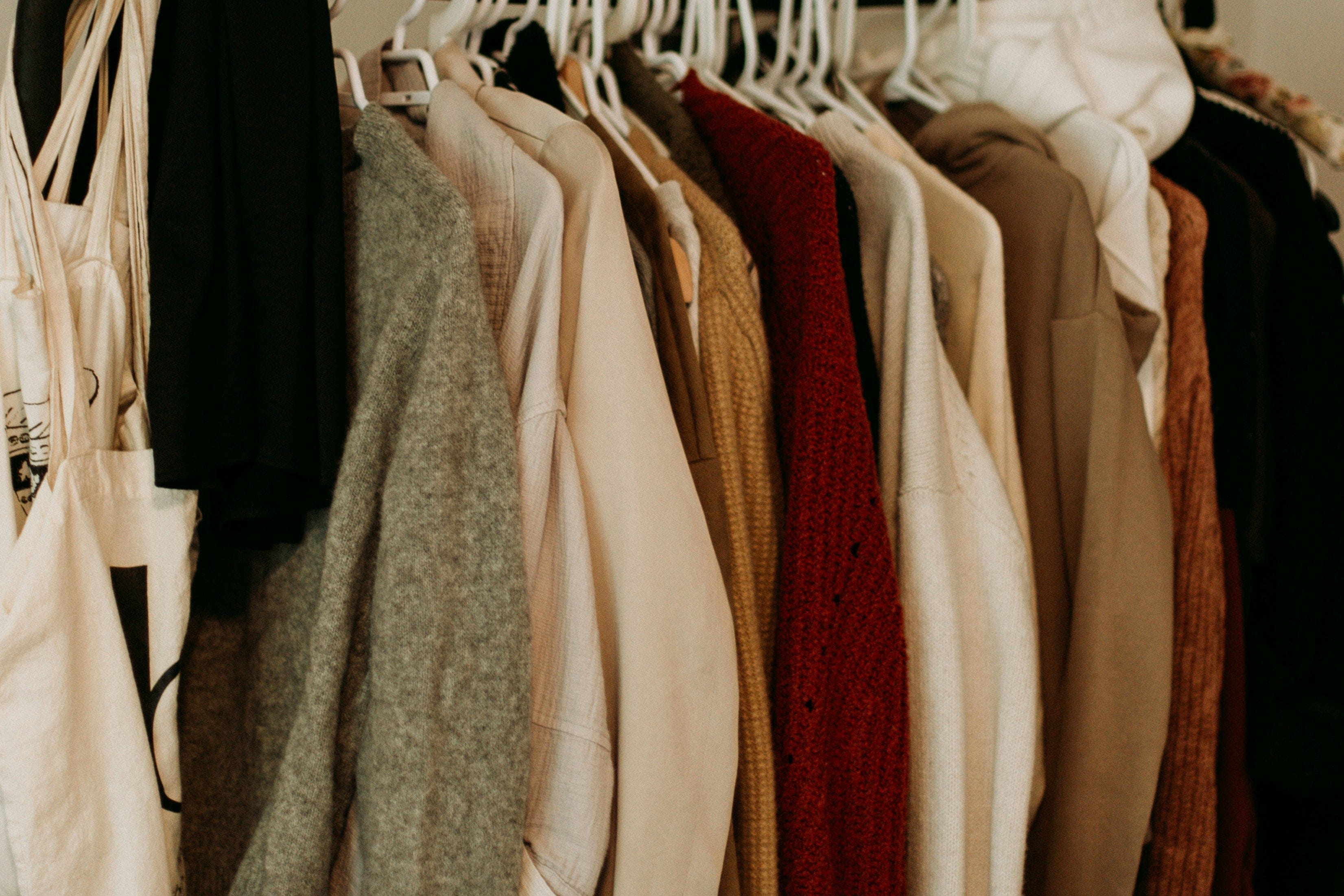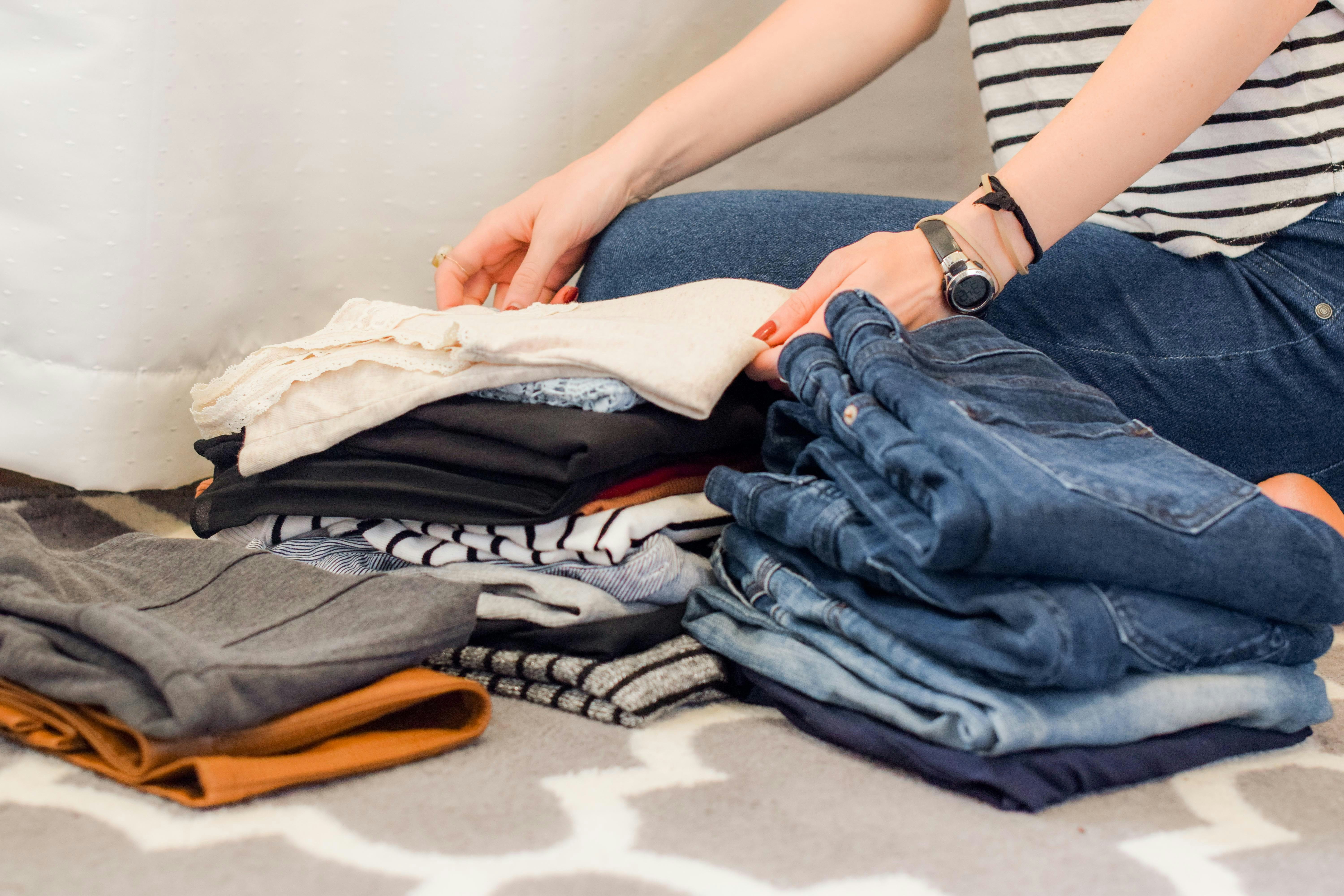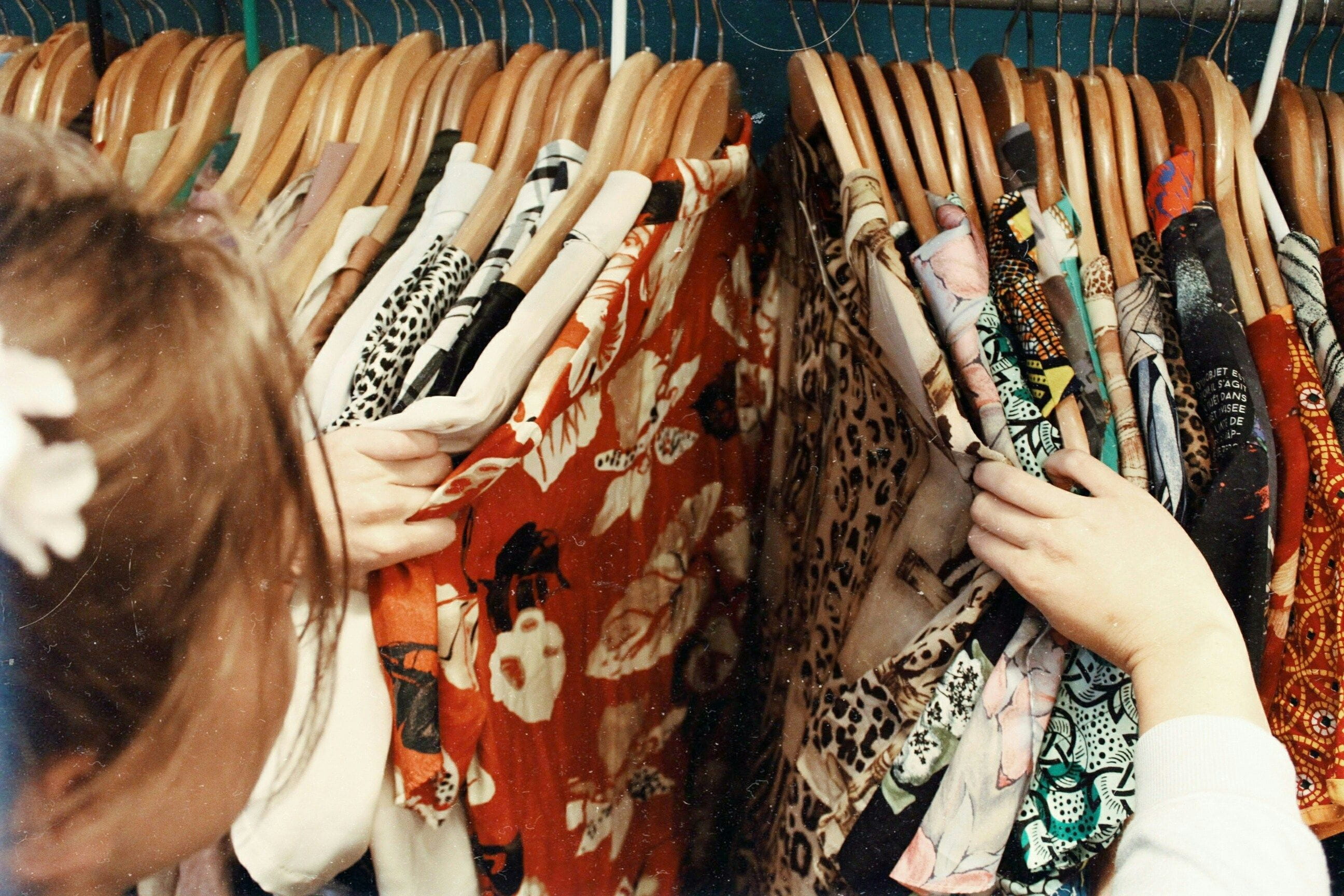Fashion
Fashion Forward: Embracing Sustainability in Your Wardrobe

According to Earth.org, we lose nearly $500 billion per year due to clothes not being recycled and not being worn enough. Who’s to blame? The Fast Fashion Industry. With overconsumption constantly being promoted by influencers and celebrities especially when it comes to clothes, it’s important for us as consumers to move past this trend and think about our contribution to sustainability. This begins with making basic changes in your lifestyle, a major one being your wardrobe.
What is Sustainable Fashion?
Before we talk about embracing sustainability, it’s important to understand what it means to be sustainable when it comes to your fashion choices. Many tend to buy from sites like Shein because they are extremely affordable, however, these clothes are also not as long-lasting, cannot promise good quality, and are created by exploiting laborers in developing countries. Sustainable fashion is identifying companies like that and instead supporting companies that have proof of ethical practices, and protection of workers, are actively working to reduce their environmental impact, and are cruelty-free.
Why do we Need Sustainable Fashion?
Photo by Burgess Milner on Unsplash
While fast fashion is accessible, affordable, and seems to be on track with up-and-coming fashion trends, it is also extremely dangerous. For example, Shein has been sued by several artists who claim that the company steals designs, and many small businesses have taken to social media to talk about how their designs suddenly become available on Shein’s website. Shein has also been accused of exploiting workers in countries like China, making them work in unfit conditions, and not paying them enough for their labor. Similar accusations have been made against popular brands such as Zara and GAP. Forever 21 has been accused of over producing clothes to a point where they would not be sold and would go to waste, and many brands have also been accused of burning unsold clothes as well as using toxic materials during their manufacturing process, causing harm to the environment.
The material that fast fashion brands use is often also not of good quality. The whole point of fast fashion is to create affordable clothes that are in trend so that they sell quickly, even though quality is overlooked. This is why these clothes are more to ‘use and throw’ so that when the next trend comes in, these brands are ready for that. Many of these brands claim to take action when it comes to the environment and make their clothing more sustainable, but this is a classic case of greenwashing: a phenomenon where the audience is misled to believe something is being done for the betterment of the environment.
Embracing Sustainability in Fashion

Photo by Priscilla Du Preez 🇨🇦 on Unsplash
Here are some ways in which you can still continue to use affordable and stylish clothing while being sustainable and environmentally cautious.
Support Ethical Brands
Look for small businesses and local brands. While their products may be more expensive since most of them do not mass-produce their items, most of them guarantee much better quality of clothes which would last longer than clothes from fast fashion brands. Your investment would not only support a small organization to continue their work, but it would be easier on the pocket for you due to good quality and these products would generally have a decreased impact on the environment. Also be on the lookout for larger brands that are transparent when it comes to animal welfare, labor protection, and sustainability. These brands would often have verified reports on their websites about their work, and it’s a good idea to check out these reports and then make an informed choice on which brands to support. This would also help you navigate greenwashing.
Rent, Re-use, Recycle
Celebrity culture has convinced many people that they need new clothes for every occasion. It is extremely rare to see a celebrity or large influencer repeat outfits. This mentality is toxic and encourages overconsumption. Re-use the clothes you already have. If you have clothes that are no longer your style, upcycle them into something you would wear. You can do this by dyeing them, cutting them to shorten them, or using different items you no longer wear to create something new that you would like. Although not completely ethical, some brands have recycling programs where customers can return used clothes for recycling. H&M and Levi’s use this strategy, however, make sure you look into whether they go through with recycling. If you’re going to an event and may end up buying an outfit you might not even use, consider borrowing or renting instead of making the purchase!
Learn How to Take Care of Your Clothes

Photo by Sarah Brown on Unsplash
We may often neglect or get rid of clothes that have gone through some wear and tear. Not all damage is irreparable! Learn some basic stitching techniques that can help you repair certain kinds of damage. Stitching will also come in handy if you’re upcycling your clothes or want to customise them. Make sure you have an understanding of the material of your clothes and be mindful about how they should be cleaned. For example, certain clothes must only be dry-cleaned or washed with warm water to maintain their quality. Something as simple as separating your whites from colored clothes can also be helpful in case any of your colored clothes may bleed and stain light-colored items. Having these simple methods in mind will ensure your clothes have a long life and will prevent you from having to purchase new items of a similar style and quality.
Thrifting
Look into buying clothes from thrift stores or flea markets. Here, you will find items that have been previously used but are in good enough condition to be sold, which means you will also get them at a discounted price. You may find some real gems among the clothes at these thrift stores, including designer items! Many small businesses on social media also have online thrift shops, and websites like Poshmark allow you to not only sell your used items but also help you buy products directly from the owner. Check out these options before you go to buy something brand new. Once you are no longer using certain items, donate them or give them to thrift stores instead of getting rid of them!

Photo by Becca McHaffie on Unsplash
It is time for us to be environmentally aware as consumers and stop supporting brands that engage in animal cruelty, and produce without keeping their environmental impact in check. Having some simple things in mind such as those listed above will make you more mindful as a consumer while ensuring that you are fashionable, have clothes that fit your aesthetic, and aren’t spending money on new items unnecessarily.










